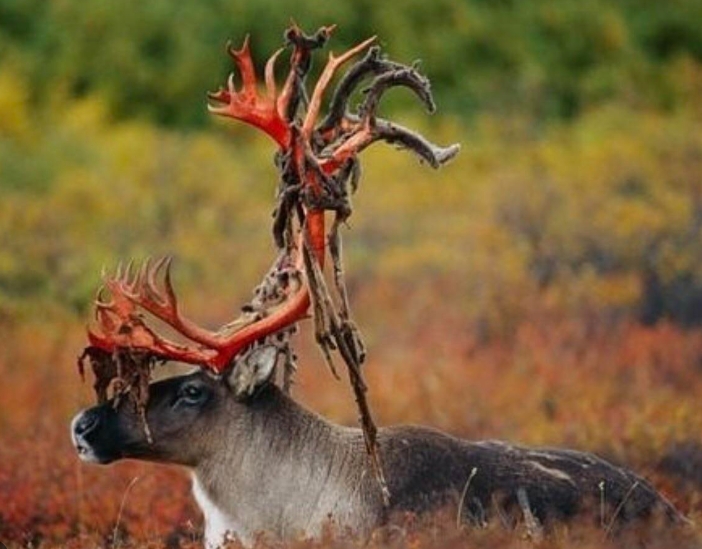Reindeer are unique animals that undergo a fascinating natural process – shedding their antlers. This shedding occurs annually and is vital for the reindeer’s health and survival in the wild.
Antler Growth
Each year, male reindeer begin growing a new set of antlers in the spring. Antlers are the fastest-growing bone in any mammal, and can grow up to an inch per day. This rapid growth is fueled by an influx of hormones and nutrients, which help the antlers reach their full size by the end of summer.
Antler Use
Antlers serve a variety of purposes for reindeer. They are used for digging in the snow to find food, as well as for fighting off competitors during the mating season. The size and shape of a reindeer’s antlers can also play a role in attracting a mate, as females may be drawn to males with larger or more impressive antlers.
Shedding Process
By the end of the mating season, which typically occurs in the fall, male reindeer start to shed their antlers. This process is triggered by a decrease in testosterone levels, which causes the bone at the base of the antlers to weaken and eventually break down. Once the antlers are no longer needed, they will fall off, usually by mid-winter.
Reindeer without Antlers
After shedding their antlers, male reindeer enter a period of rest and recovery. Without the added weight and energy expenditure of their antlers, reindeer can conserve resources and focus on surviving the harsh winter months. Once spring arrives, the cycle begins again as new antlers start to grow.
In conclusion, the shedding of antlers is a natural and important process for reindeer. It allows these animals to adapt to the changing seasons, conserve energy, and continue to thrive in their natural habitat. Through this annual cycle, reindeer are able to maintain their health and vitality, ensuring their survival for generations to come.

